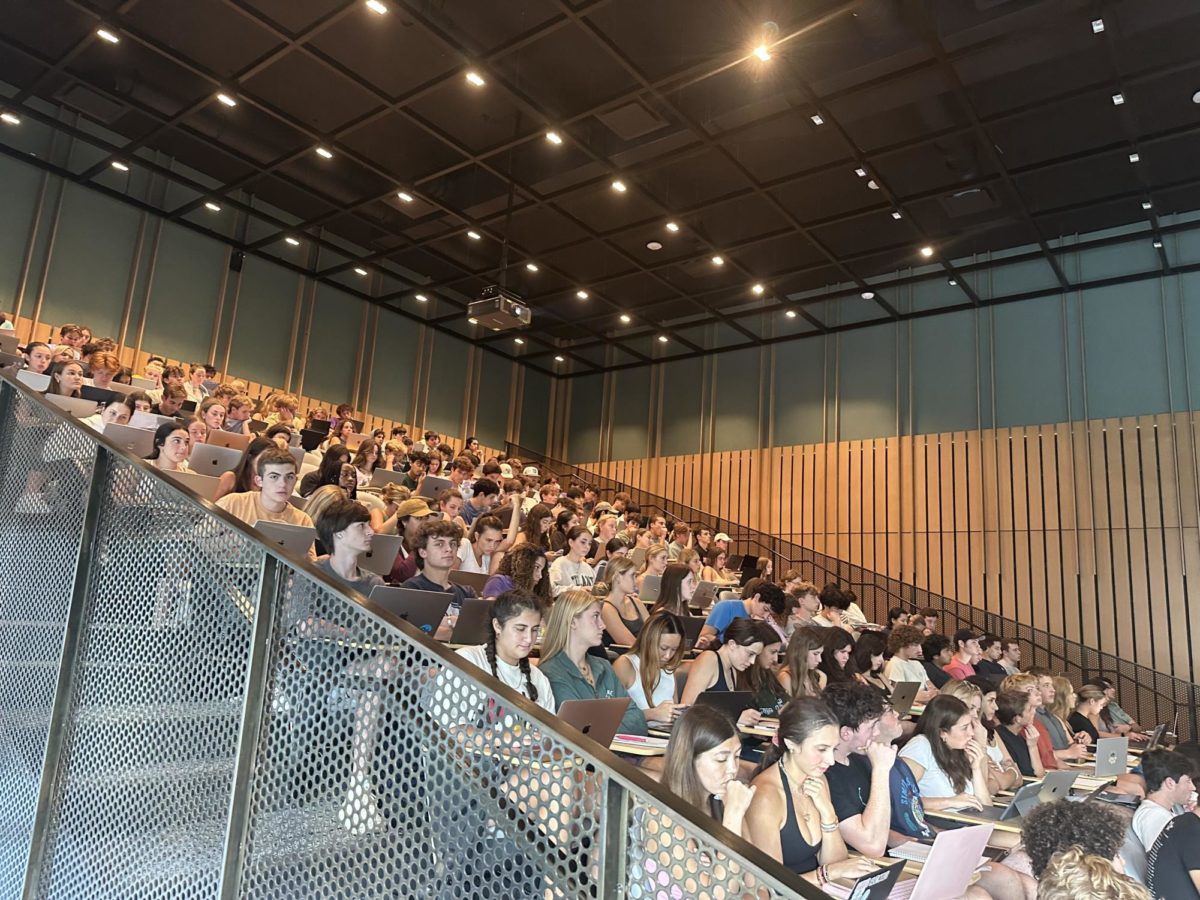Students that arrive late to ECON 1010, a large introductory economics course, will be hard pressed to find a seat among the 190 other students taking the class in the auditorium of Lake Hall. On the other side of campus, only six students are gathered in a small classroom in Newcomb Hall to discuss their latest movie in Film Analysis.
The average Tulane University student will experience both of these classroom settings throughout their studies, but evidence shows that students perform better in smaller classes. According to Chalkbeat, “nine in 10 teachers said that smaller classes would strongly boost student learning.” While class size does impact the capacity at which students learn, it is not the only notable factor.
Tulane prides itself on its small and personal class sizes, highlighting on the admissions website an average class size of 21 students with 94% of classes smaller than 50 students. This personalized attention is one of the major attributes to a private university education, and the reason that many of its students chose Tulane.
“Class size was definitely something I took into account when applying to schools,” sophomore Carlie Pavell said. “I am so glad that Tulane has small classes available that let me connect to the other students in my class and participate in a meaningful way.”
While class size plays a role in students’ learning ability, it also impacts how a teacher can engage with students.
“I find advantages to these smaller classes to be more personable due to the smaller number of students in the sense of comfortable and dynamic dialogue throughout the semester,” English professor Beau Boudreaux said.
In a discussion-heavy environment like an English class, class size impacts a student’s ability to participate fully.
“I prefer learning in smaller class sizes because I feel more engaged and connected to both the class and the professor,” sophomore Samara Ettenberg said. “I always feel I get more out of my smaller, more intimate classes, whereas in bigger classes I feel intimidated to speak up and I find it harder to stay focused.”
At Tulane, certain introductory courses are historically larger in class size than others, one of them being Diversity of Life, an ecology and evolutionary biology course. Jelagat Cheruiyot has taught EBIO 1010 for the past several years. She said her classes have grown in size, but that change has not necessarily impacted her students’ ability to learn.
“Performance depends on the student dynamics in the class,” Cheruiyot said. “You sometimes get a class where everybody feels comfortable to share … the performance depends on the chemistry among the students and yourself.”
Cheruiyot said that one benefit to a larger class is its diversity, so students can work together to understand the class content.




